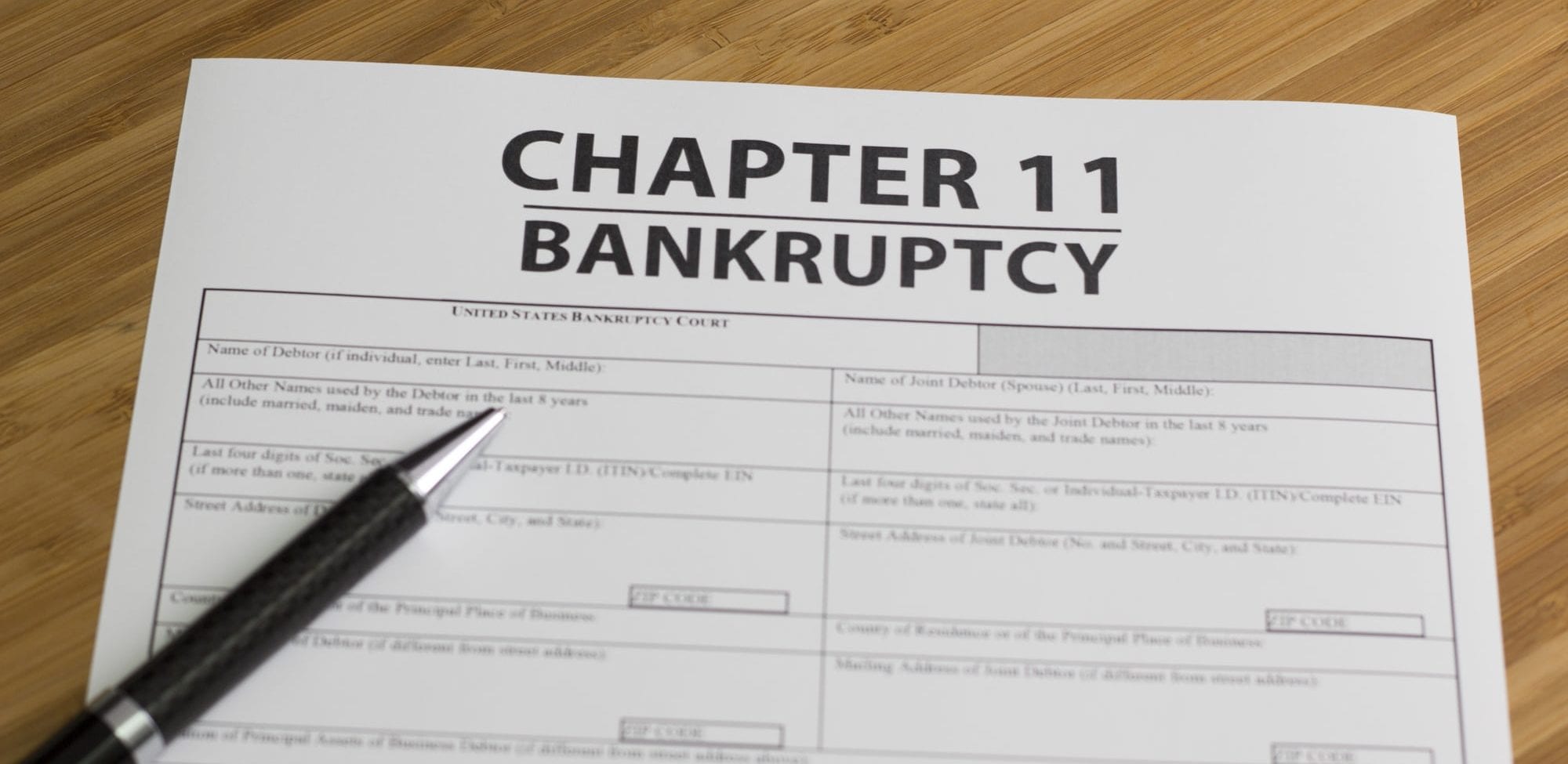In today’s complex financial landscape, insolvency is a term that often raises concerns among individuals and businesses alike. Understanding the methods of insolvency is crucial, whether you’re a creditor, debtor, or simply someone looking to navigate the world of finance. In this article, we’ll explore the various methods of insolvency, shedding light on bankruptcy, liquidation, and alternatives such as debt restructuring.
Bankruptcy: The Legal Path to Debt Relief
Bankruptcy is perhaps the most well-known method of insolvency. It is a legal process that allows individuals and businesses to discharge their debts when they can no longer meet their financial obligations. Bankruptcy typically involves the liquidation of assets to repay creditors, and the process can vary depending on the type of bankruptcy filed, such as Chapter 7 or Chapter 13 in the United States.
Bankruptcy FAQ:
- What is Chapter 7 bankruptcy? Chapter 7 bankruptcy, often referred to as liquidation bankruptcy, is a process in which a debtor’s non-exempt assets are sold to pay off creditors. Most remaining debts are discharged, providing a fresh financial start for the debtor.
- Can anyone file for bankruptcy? In most jurisdictions, not everyone can file for bankruptcy. Eligibility requirements and the types of bankruptcy available may vary, and some debtors may be required to undergo credit counseling before filing.
- What happens to my credit score after bankruptcy? Bankruptcy can have a significant impact on your credit score. It typically results in a lower credit score, making it more challenging to obtain credit in the future. However, with responsible financial management, you can rebuild your credit over time.
Liquidation: Winding Down a Business
Liquidation is another method of insolvency, often used by businesses that are unable to meet their financial obligations. Unlike bankruptcy, which may offer a path to continue operations, liquidation involves selling off all the business’s assets to repay creditors and ultimately closing the business.
Liquidation FAQ:
- What is the difference between voluntary and involuntary liquidation? Voluntary liquidation is initiated by the company’s owners or management, while involuntary liquidation is forced upon a company by its creditors or a legal authority due to non-payment of debts.
- What happens to employees during a business liquidation? Employees may face job loss when a business goes into liquidation. However, labor laws in many jurisdictions require employers to provide notice and, in some cases, severance pay to affected employees.
- Are there any assets that are exempt from liquidation? Some assets, known as exempt assets, may be protected from liquidation, depending on local laws. Common exemptions include necessary personal items and tools of the trade.
Debt Restructuring: An Alternative to Bankruptcy
Debt restructuring is a method of insolvency that aims to help debtors renegotiate the terms of their debts with creditors. It can be an alternative to bankruptcy for those who wish to avoid the severe consequences of a bankruptcy filing.
Debt Restructuring FAQ:
- How does debt restructuring work? Debt restructuring involves negotiating with creditors to change the terms of debt agreements. This can include reducing interest rates, extending the repayment period, or even reducing the total debt amount.
- Who can benefit from debt restructuring? Debt restructuring can be an option for individuals and businesses struggling with debt but wanting to avoid the long-term impact of bankruptcy. However, it typically requires the cooperation of creditors.
- Are there risks associated with debt restructuring? Yes, there are risks. Creditors may not agree to the proposed restructuring, and the debtor may still face legal action or further financial challenges if the negotiation fails.
Conclusion
Understanding the methods of insolvency is essential for anyone facing financial difficulties or involved in the world of finance. Whether it’s bankruptcy, liquidation, or debt restructuring, each method has its advantages and drawbacks. The right choice depends on your unique financial situation and goals. It’s always advisable to consult with a legal or financial expert to explore the most suitable path for your circumstances. Remember that insolvency is a complex and highly regulated area of law, and the best approach may vary from case to case.







